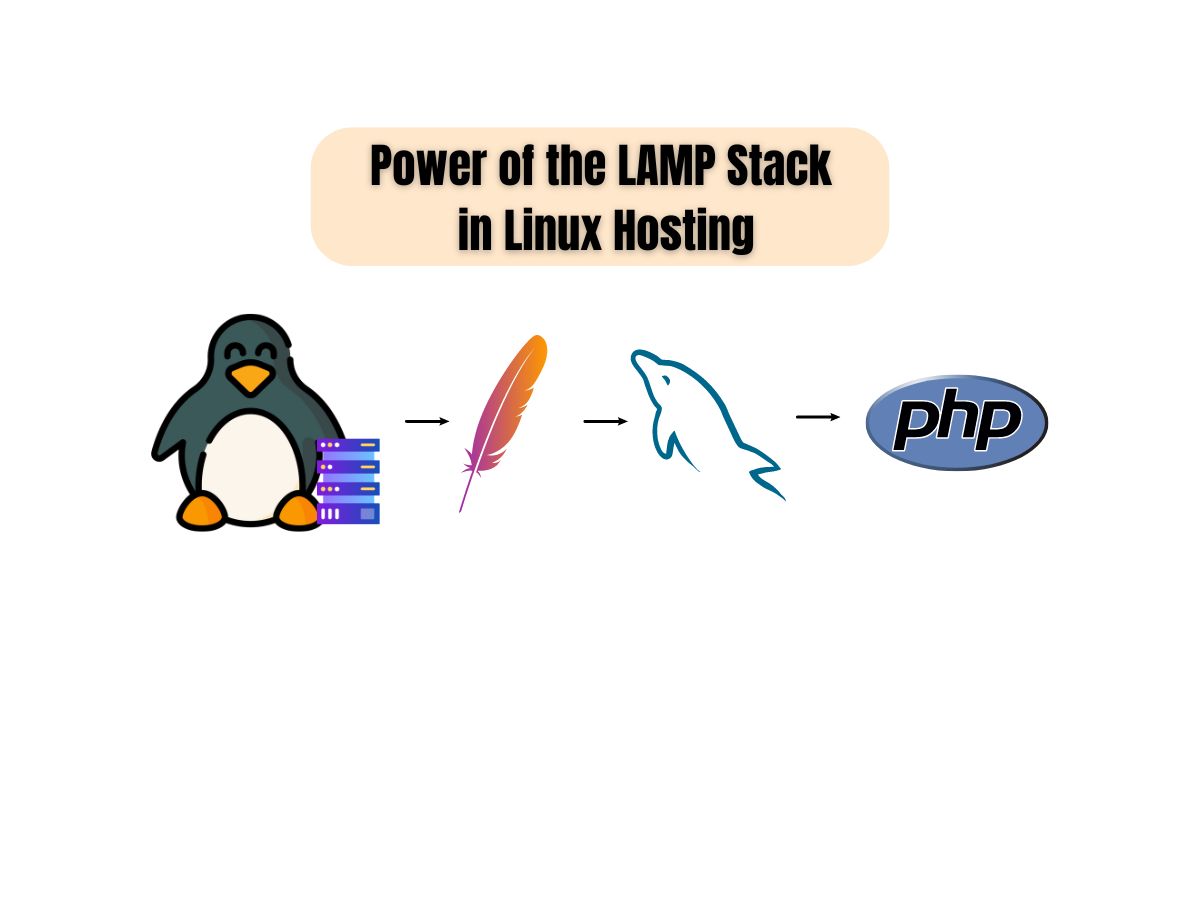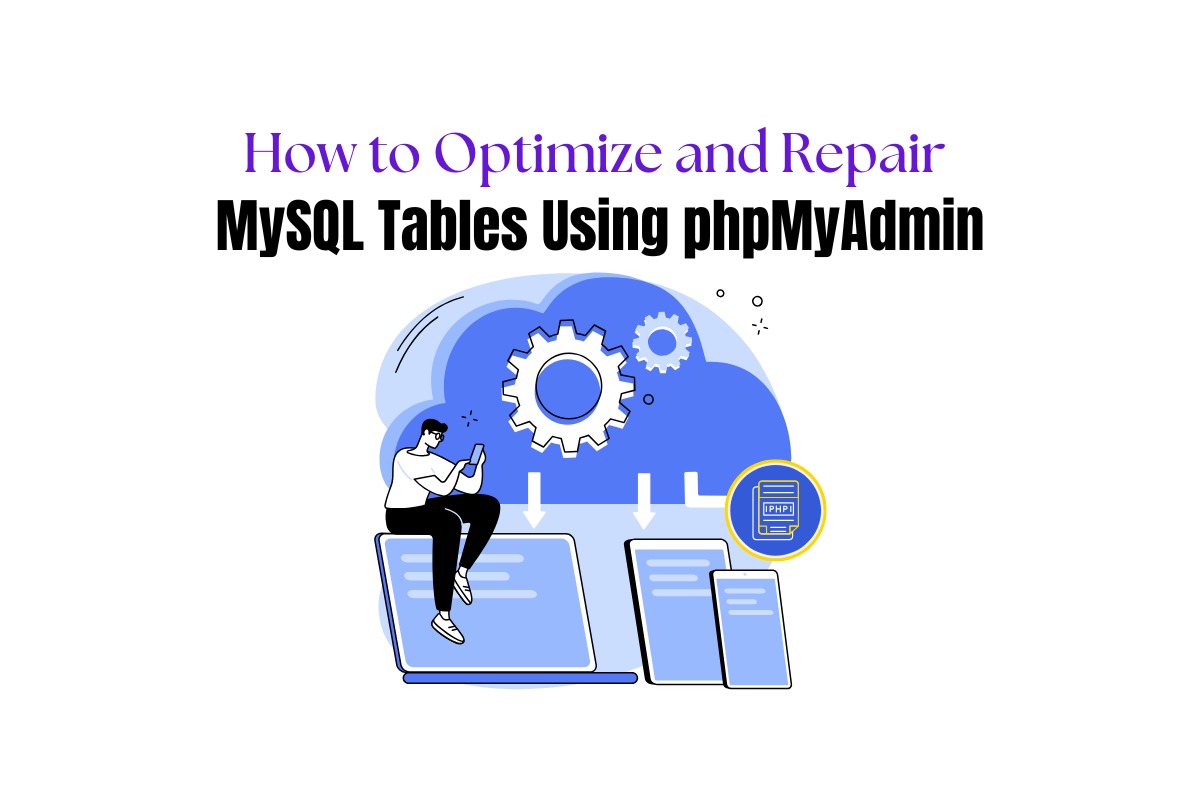
Unveiling the Power of the LAMP Stack in Linux Hosting
When it comes to web hosting, the LAMP stack stands out as a robust and versatile solution, particularly in the realm of Linux hosting. LAMP, an acronym for Linux, Apache, MySQL, and PHP/Perl/Python, represents a powerful combination of open-source technologies that form the foundation for hosting dynamic websites and web applications. In this article, we’ll delve into the components of the LAMP stack and explore its significance in the realm of Linux hosting.
1. Linux Operating System: The Foundation
At the core of the LAMP stack lies Linux, a free and open-source operating system renowned for its stability, security, and flexibility. Linux provides the underlying infrastructure for hosting web applications and serves as the operating system of choice for servers worldwide. With robust security features and extensive hardware support, Linux provides a strong foundation for managing web hosting environments. Its command-line interface enhances this capability.
2. Apache Web Server: The Engine
Apache, one of the most widely used web servers globally, powers a significant portion of websites on the internet. In the LAMP stack, Apache acts as the web server, handling HTTP requests. It delivers web content to users’ browsers. Apache’s modular architecture, powerful features, and strong community support provide scalability, performance, and customization. This makes it an ideal choice for hosting dynamic websites and applications.
3. MySQL Database Management System: The Data Store
MySQL, a fast, reliable, and scalable relational database management system (RDBMS), serves as the database component of the LAMP stack. This enables efficient storage and management of data, ideal for dynamic web applications using databases. MySQL’s support for transactions, indexing, and replication ensures reliability and performance for data-driven websites.
4. PHP/Perl/Python: The Scripting Languages
The “P” in the LAMP stack denotes scripting languages like PHP, Perl, or Python for server-side development. These languages enable dynamic web applications that generate content based on user input and database queries. PHP, in particular, is widely used in conjunction with MySQL to develop web applications, content management systems (CMS), and e-commerce platforms, such as WordPress, Joomla, and Magento.
Advantages of the LAMP Stack in Linux Hosting:
– Cost-Effectiveness: As an open-source solution, the LAMP stack eliminates licensing costs for proprietary software. This makes it an affordable choice for hosting websites and applications.
– Flexibility and Customization: The LAMP stack’s modular design allows users to customize their hosting environment to specific needs.
– Community Support: The LAMP stack benefits from a large, active community, ensuring ongoing development, support, and innovation. This keeps it relevant and reliable over time.
– Scalability and Performance: The LAMP stack offers scalability and performance through load balancing, caching, and optimization. These features help websites handle increasing traffic and workload efficiently.
Conclusion of the Power of LAMP Stack in Linux Hosting
In the realm of Linux hosting, the LAMP stack remains a formidable choice, offering a powerful combination of open-source technologies that empower developers and businesses to build and host dynamic websites and web applications. With its robustness, flexibility, affordability, and extensive community support, the LAMP stack continues to play a pivotal role in shaping the landscape of web hosting and powering the digital presence of countless organizations worldwide.







